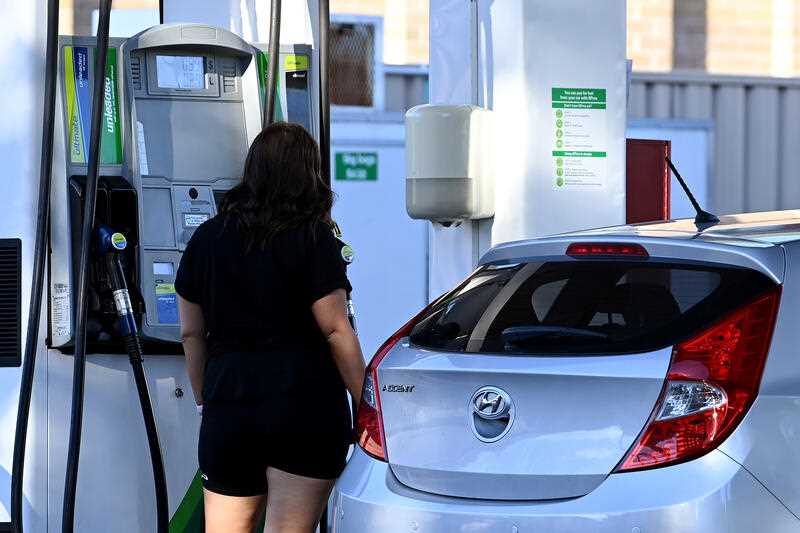A light economic data calendar will switch the focus to the March 29 federal budget, which is being put together at a time of heated inflation pressures, notably at the petrol pump.
The federal government has hinted the budget will assist households with a temporary and targeted support package.
“We are very cognisant of those global inflationary pressures, particularly the pressures on oil prices that have flowed through to petrol pumps across Australia,” Finance Minister Simon Birmingham told ABC’s Insiders program on Sunday.
“We are working carefully through how to calibrate our response to what appear to be, hopefully, more temporary spikes in inflation and more temporary spikes in fuel prices.”
Rising prices are weighing on consumer confidence – a guide to future household spending – and inflation expectations have soared to the highest level since November 2012 at 5.6 per cent.
The annual rate of inflation stood at 3.5 per cent at the end of 2021.
The weekly ANZ-Roy Morgan consumer confidence index is released on Tuesday.
Last week confidence dropped by 4.3 per cent and to its lowest level since October 2020.
Reserve Bank of Australia governor Philip Lowe will also make an appearance at the Walkley Awards for Business Journalism on Tuesday.
In the minutes of its March 1 board meeting released on Tuesday, the RBA conceded the war in Ukraine has cast a cloud over the inflation outlook.
However, the RBA believes the economy remained resilient in the face of the Omicron COVID-19 variant and activity is expected to pick up.
The Reserve Bank also reiterated it will remain patient about lifting the cash rate.
However, pressures are increasing to lift the rate from a record low 0.1 per cent, particularly as inflation rises and as the labour market goes from strength to strength.
Figures last week showed the unemployment rate fell to four per cent, its lowest level in almost 14 years, and is destined to go even lower to levels not seen in some 50 years.
The National Skills Commission will release its skilled vacancy report for February on Wednesday, a forward indicator of the employment outlook.
Meanwhile, Australian shares look set for a positive start to the week as Wall Street stocks firmed on Friday after talks between US President Joe Biden and Chinese President Xi Jinping over the Ukraine crisis ended without big surprises.
There was also relief from slowing gains in oil prices after last week’s interest rate increase by the US Federal Reserve and its aggressive plan for further hikes aimed at combating soaring inflation.
The Dow Jones Industrial Average rose 274.17 points, or 0.8 per cent, to 34,754.93, the S&P 500 gained 51.45 points, or 1.17 per cent, to 4,463.12 and the Nasdaq Composite added 279.06 points, or 2.05 per cent, to 13,893.84.
In response, Australian share futures were 59 points or 0.81 per cent higher at 7323.
On Friday, the Australian benchmark S&P/ASX200 index closed up 43.6 points, or 0.6 per cent, at 7294.4 points.
By Colin Brinsden, AAP Economics and Business Correspondent in Canberra, AAP
Get all the latest Canberra news, sport, entertainment, lifestyle, competitions and more delivered straight to your inbox with the Canberra Daily Daily Newsletter. Sign up here.



